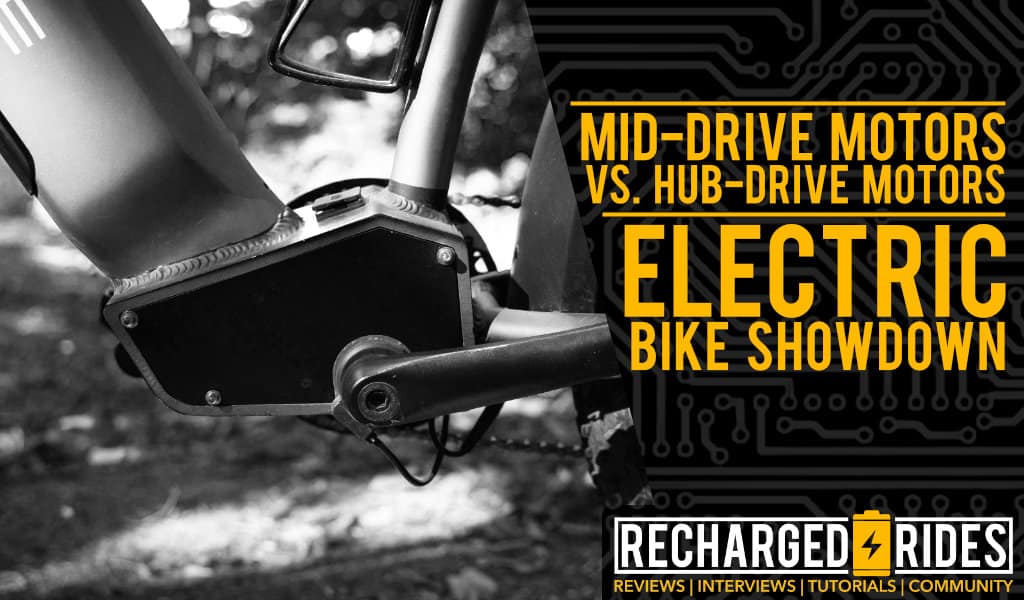
Trying to decide between a mid-drive motor and a hub motor e-bike? In this e-bike motor smackdown, we’ll compare the two and evaluate their differences in torque, power output, cost, and more. We’ll also cover the advantages and disadvantages of each option as well as the types of terrain best suited for each one. So join us for an in-depth look at these often misunderstood electric bicycle components — it’s time to put these motors to the test!
What are Mid-Drive and Hub-Drive Motors?
Mid-drive and hub-drive are the two motor options that are currently available on electric bicycles.
A mid-drive motor is positioned near the bottom bracket at the center of the bike and is connected directly to the bike’s chain drive. This allows for better power delivery as it efficiently utilizes the bike’s gearing, and it provides a more natural riding experience that mimics pedaling a traditional bicycle. Furthermore, the even weight distribution of mid-drives offers improved handling and stability. However, mid-drive motors can be more expensive and require more complex maintenance than hub-drive motors.
On the other hand, hub-drive motors are located in either the front or rear wheel hub (some all-wheel-drive models are even equipped with both front hub and rear hub motors). A hub motor is connected directly to the wheel and has its own independent drive system, typically with only one transmission speed. Simple yet powerful, hub motors are a more economical option and they’re easier to maintain than mid-drive motors. Nonetheless, they do not provide equal energy efficiency and the more natural riding experience of mid-drive e-bikes. Plus, they’re heavier, adding extra weight to the front or rear wheel which can negatively affect handling.
Mid-Drive vs. Hub Motors: An In-Depth Comparison
When it comes to the hub-drive vs. mid-drive debate, both types of motors have their unique benefits and drawbacks — the choice between the two ultimately comes down to a rider’s personal preference and specific needs. In this section, we’ll compare the performance, weight and size, cost and maintenance, and compatibility of mid-drive motors and hub-drive motors to help you make an informed decision when purchasing an e-bike.
Comparing Performance
Mid-drive motors offer a distinct advantage over hub-drive motors when it comes to power output and efficiency. This is because they make use of the bike’s transmission and are able to transfer power more effectively from the chain drive to the wheel. Moreover, mid-drive motors are better at navigating uphill terrain and can maintain a consistent level of power output. Since the motor is positioned at the center of the bike near the pedal cranks, it enables them to leverage the torque generated by the motor and multiply it via the transmission for an even more efficient transfer of power.
Furthermore, mid-drive motors also tend to be a better match for off-road riding as they offer improved performance on rough terrain and can maintain more consistent power output during steep hill climbs. Commonly used on fat tire and eMTB models, they’re also the more flexible drive system in terms of gear shifting, which can be especially useful in certain riding conditions. Having said that, caution is required whenever you’re shifting gears on a mid-drive rig, as shifting while utilizing the motor’s power can result in a snapped chain (although many have gear shift interrupters that briefly cut the throttle when shifting gears).
A mid-drive e-bike also offers greater range, thanks to the increased efficiency of the bike’s motor and battery. The best choice for long-distance, off-road adventures, some mid-drive e-bikes are capable of delivering more than 100 miles of range on a single charge.
In terms of overall handling, mid-drives win again, thanks to their evenly balanced design and low center of gravity. A mid-drive motor provides riders with better stability and improved traction.
Weight and Size Comparison
Mid-drives are typically smaller and lighter than their hub-drive counterparts, and they have a sleek, stealthy appearance. This allows for a more compact design and eliminates the need for extra components such as a gear system (this helps to keep the overall weight of the motor down). Additionally, since the bike’s transmission system is already in place, the electric motor does not require its own gear system, making it even lighter and more compact.
In contrast, hub motors tend to be heavier and larger due to the additional components necessary in order for them to operate properly. These components add a significant amount of extra weight to the wheel, increasing the overall heaviness of the bike. Hub-drives also require an independent gearing system which further increases their size and weight compared to mid-drive motors.
It should be noted that these differences can vary depending on specific manufacturers or models; however, in general, mid-drive motors tend to be smaller and lighter than hub drive motors.
Cost and Maintenance Comparison
Electric bikes with mid-drive motors are typically more expensive than hub-drive models due to their more complex design and integration with the bike’s transmission system. The advanced technology needed for this integration increases the cost of mid-drive motors and also results in higher maintenance requirements when compared to hub motors. Hub-drive motors, with their simple, low-maintenance design, consist of fewer parts that can wear out and require replacement. Mid-drive motors also place added stress on a bike’s componentry, resulting in chain snaps and other problems. For this reason, if you decide to opt for a mid-drive model, we strongly recommend going with a high-quality belt drive setup (such as a Gates Carbon Drive) for lower maintenance and better longevity.
Lastly, we should mention that there’s a world of difference between changing the tire on a mid-drive ride and a hub motor model. With hub motors, tire changes are much trickier and require additional tools (and time) since the hub motor is in the rear wheel (although front hub motors do exist).
Compatibility Comparison
Mid-drive motors are often more compatible with a broader range of bicycles than hub-drive motors. This is because they can be integrated into the bike’s transmission system, allowing for a smooth integration experience. Additionally, the motor is situated close to the pedals, enabling utilization of the existing transmission system and making it easier to set up. Furthermore, since the motor is linked to the transmission, it can be used with various types of bikes such as mountain bikes, touring bikes, and road bikes.
Hub motor applications do come with their challenges, however. Hub-drive motors offer limited compatibility when it comes to wheel components, resulting in far less flexibility in terms of what rims, cassettes, and tires you can run on your ride.
It is worth noting that while mid-drive motors offer increased compatibility with a wider selection of bicycles, they won’t suit all bike models; if you are looking to retrofit an older bike model then a hub motor might work better as it could be more compatible with older bicycle components and may not necessitate a full transmission system.
Summary
In the end, everything boils down to personal preference. The individual’s riding style and needs must be determined before choosing between a mid-drive motor or a hub-drive motor. A mid-drive motor delivers more power, efficiency, and torque, but is costly and requires more maintenance. Hub motors don’t cost as much and they’re easier to maintain, but they do limit you in terms of performance and component compatibility.
Recommended E-Bike Models
Top-Rated Mid-Drive Electric Bikes
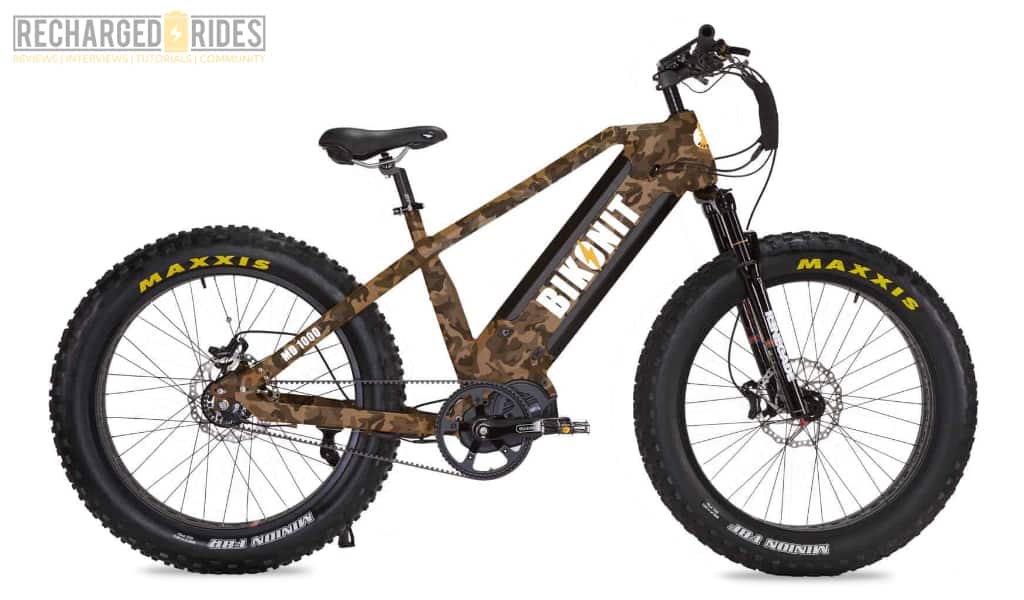
Bikonit Warthog MD1000
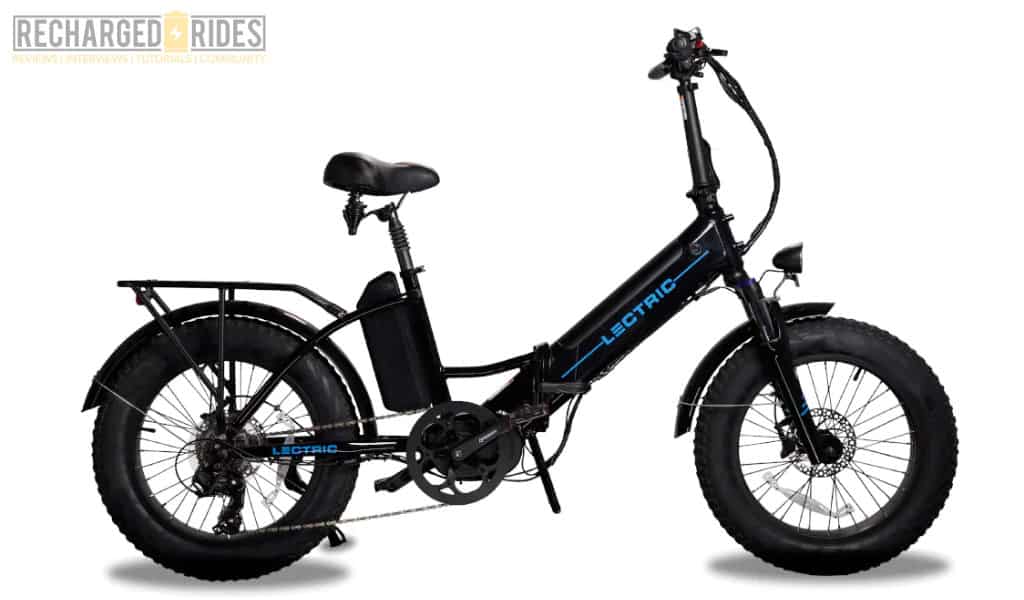
Lectric XPremium
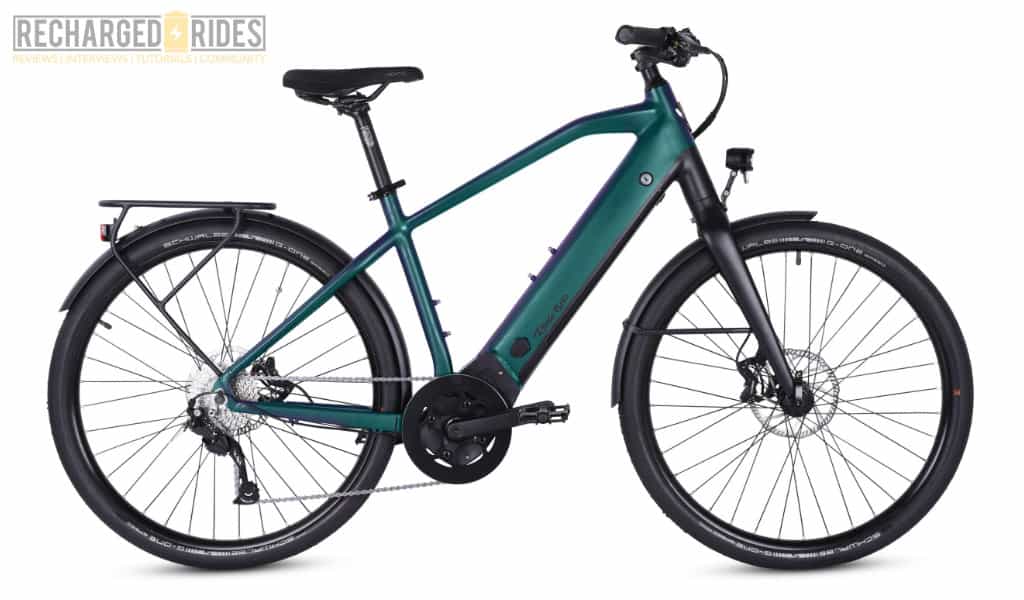
Ride1UP Prodigy
Top-Rated Hub-Drive Electric Bikes
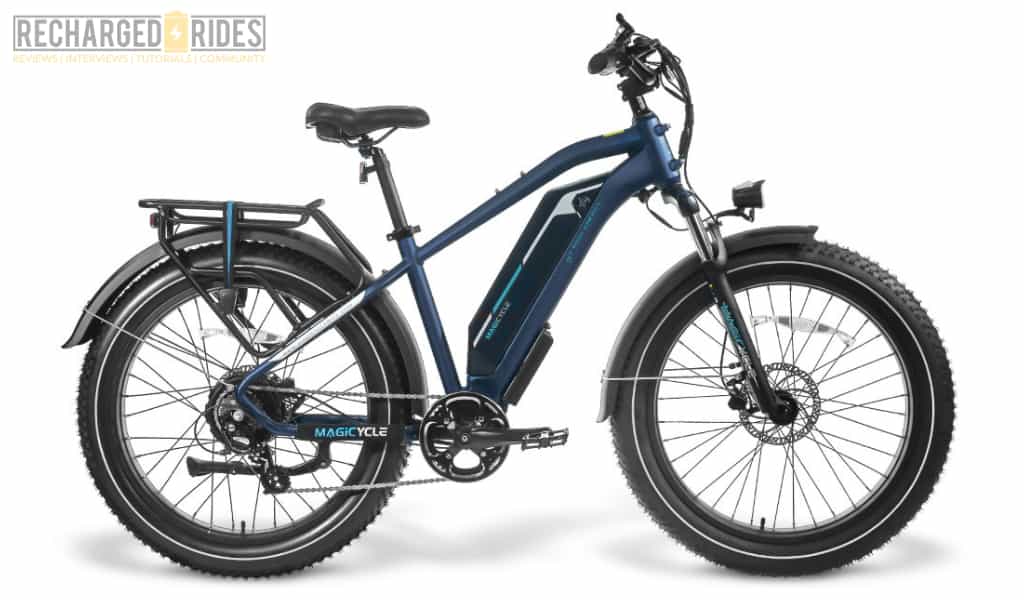
Magicycle Cruiser Pro
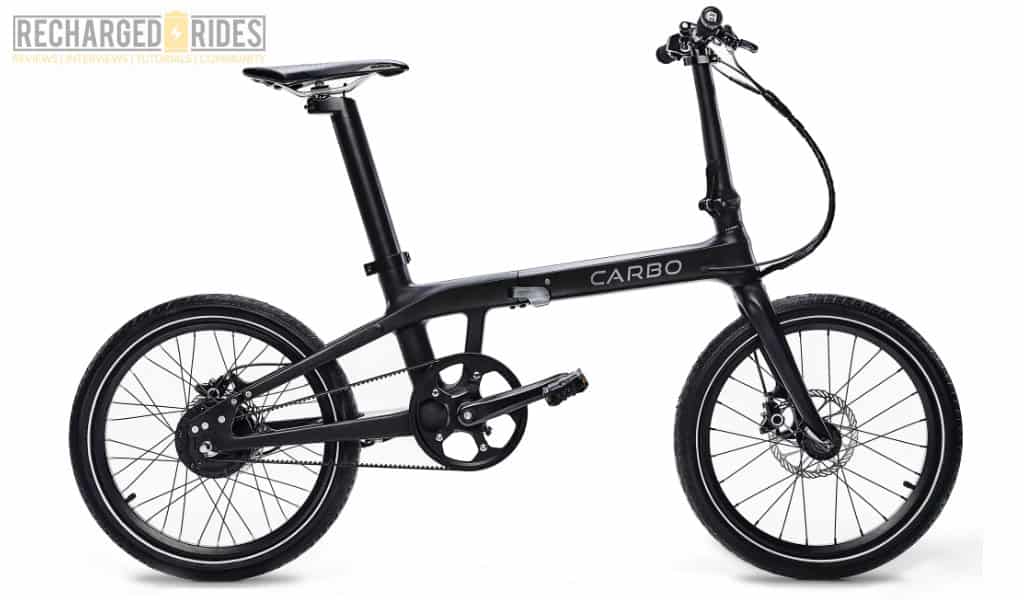
CARBO Model X
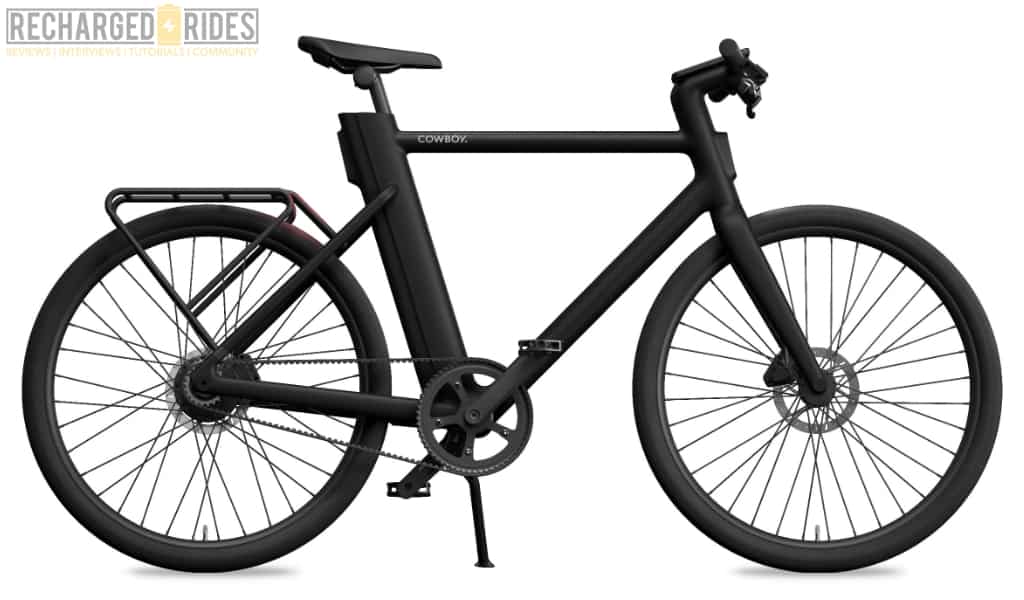
Cowboy 4
Direct-Drive Hub Motors vs. Geared
Currently, two different types of hub-drive motors are being used on electric bikes: direct-drive and geared. Direct-drive (or “gearless”) hub motors are connected directly to the wheel while geared hub motors contain a gearing system between the motor and wheel — this allows for a reduction in motor speed in exchange for increased torque.
In this part of our guide, we’ll do a detailed, side-by-side comparison of direct-drive hub motors and geared hub motors. We’ll take a closer look at the technologies used, performance characteristics, and the overall riding experience you can expect from each motor. Whether you’re an e-bike pro or someone who is brand new to the world of electric bicycles, this information will get you up to speed on the different types of hub motors.
Performance Comparison
Direct-drive hub motors offer improved power output and efficiency compared to geared hub motors. This is because they do not suffer from the additional energy loss that is caused by a gear system, allowing them to deliver more torque and better acceleration. Additionally, direct-drive hub motors are more efficient, as they lack the friction and energy losses associated with gears.
Moreover, these types of motors generate less heat and noise than their geared counterparts. The extra energy needed to operate the gears within geared hub motors leads to an increase in heat production and noise level; both of which are mitigated with direct-drive hub motors.
Impact of Gear Ratio on Torque and Top Speed
Comparison of Heat Dissipation and Noise Levels
Direct-drive hub motors generate less heat and noise than their geared counterparts due to the fewer moving parts and lack of energy loss caused by a gear system. This is because gears create friction, which requires additional energy to operate – leading to more heat generation and noise. Direct-drive motors have more efficient cooling systems in place, dissipating the heat generated during operation which helps maintain consistent temperatures and extends motor lifespan.
In contrast, geared hub motors generate more heat and noise due to the gears inside the motor. This wear and tear over time leads to increased maintenance costs. Furthermore, their cooling systems are typically less efficient as they trap heat, making it harder for the motor to dissipate it effectively.
Comparing Weight and Size
The direct-drive motor may not seem like an ideal option at first glance. It is heavier and bulkier than its geared counterpart, lacking the gears, sprockets, and freewheels that create more efficient energy output. However, appearances can be deceiving; the direct-drive motor has a unique advantage that makes it incredibly powerful and efficient.
Direct-drive motors have no additional friction loss due to gears, meaning they produce more power and torque with less energy. This also leads to a longer lifespan since there are no gears that can wear out over time. On the other hand, geared motors are well-suited for lightweight e-bikes or folding bikes where saving space and weight are of utmost importance. Although they are smaller and quicker than their direct-drive counterparts, they do not generate as much power or have as long of a lifespan due to their reliance on speed rather than strength.
Ultimately, it comes down to what you want your e-bike motor to deliver. If you’re looking for raw power and longevity, then direct drive is the way to go. Conversely, if you need something lighter and more compact, then geared motors might be the better choice for you.
Comparing Cost and Maintenance
Direct-drive motors are typically more expensive than geared hub motors upfront, due to their advanced technology and rare-earth magnets. However, the saying “you get what you pay for” rings true here; direct-drive motors have fewer moving parts and generate less heat and wear, making them both more reliable and requiring less maintenance over time. On the other hand, geared hub motors are often found in budget-friendly e-bikes but have a shorter lifespan and require more frequent servicing and oiling of their gears.
In summary, when it comes to cost and maintenance, direct-drive hub motors may be pricier upfront but offer a longer lifespan with minimal maintenance requirements. Geared hub motors offer short-term savings but may require more frequent servicing over time. Ultimately, it is a tradeoff between short-term savings versus long-term value.
Real-World Applications of Mid-Drive and Hub Motors: Terrain and Riding Suitability
A mid-drive bike is ideal for riders who frequently face steep inclines and rugged terrain, as it utilizes the bike’s transmission for a more efficient transfer of power to the rear wheel. A mid-drive motor is also more natural feeling, since the power is delivered through the pedals. The Bosch Performance Line CX is a great example of this type of motor, as it’s built for off-road use and provides a maximum torque output of 85 Nm. Well-known for its ability to handle steep hills and challenging, off-road conditions, this top-notch mid-drive motor system is a popular choice among electric mountain bike riders and outdoor adventurers alike.
Alternatively, hub-drive motors are far more common and better suited for flat terrain. A common sight on commuter e-bikes such as Cowboy’s award-winning C4, hub motors provide the perfect blend of affordability and performance for everyday riders and urban environments.
Final Thoughts: Mid-Drive or Hub Motor?
In conclusion, mid-drive motors and hub-drive motors are the two primary types of electric bike motors currently available on the market. Both motor types offer unique benefits and drawbacks, and the ideal choice between them depends on the preferences and needs of each rider. Mid-drive motors often have an edge in terms of power and efficiency, particularly when it comes to off-road riding. Additionally, mid-drive motors are smaller and lighter, but they’re expensive, less reliable, and more difficult to maintain.
As technology continues to advance, both of these motors will continue to evolve and improve. E-bike and component manufacturers are always exploring new ways to improve upon existing designs, and the future is indeed very bright for this growing industry.
We hope this guide has provided useful insight into the difference between mid-drive and hub-drive electric bike motors. Please be sure to post your comments and questions below, and until next time — happy riding!
